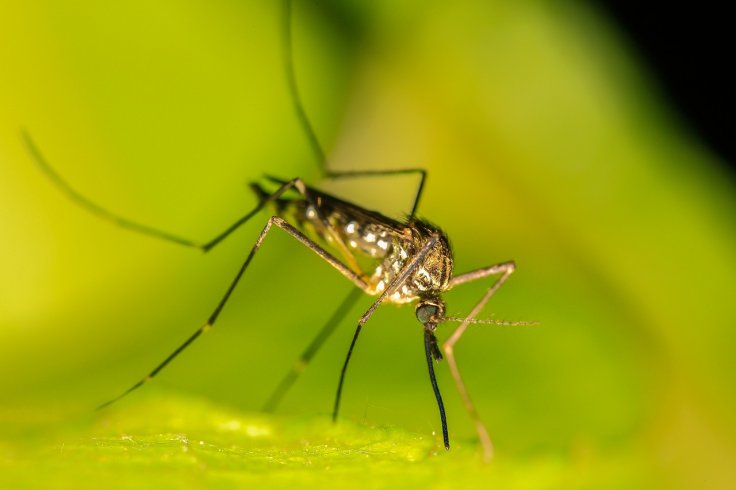Malaria, the deadly mosquito-borne disease, affects millions of people every year, especially in poorer countries of Asia and Africa. However, a lethal form of the disease known as cerebral malaria affects children mostly. A new study claims that a potential drug target has been identified to treat this variant.
The study by the University of Utah Health in collaboration with Centre Pasteur du Cameroun suggests that targeting a particular protein known as EphA2 can help in treating the condition that causes leaking of cerebral fluid in the infected with fatal outcomes.
"Understanding how infection with malaria parasites can lead to deleterious neurological conditions is key to discovering new therapeutic means to curb malaria-associated deaths globally," said Lawrence Ayon, co-author of the study.
Identifying the key molecule - EphA2
Using mice, the researchers found that EphA2, a protein, played an important role in giving rise to a characteristic symptom of cerebral malaria—leaky brain. They demonstrated that this lethal symptom can be inhibited using different drugs to block EphA2. Based on their findings, the scientists suggest that there is potential to prevent the disease in human beings using a similar curative methodology.

What makes the disease so fatal is its ability to hinder the blood-brain barrier, which is an important part of its development. As the name suggests, the barrier is literally a barricade comprised of cells lining blood vessels and arrange themselves tightly. This semi-permeable cell wall prevents the mixing of fluids from the nervous system with the bloodstream, enabling the transmissions of vital metabolites between them.
The researchers noted that EphA2 activated itself at the location of the blood-brain barrier exactly before its breakdown. Upon further investigation, it was found that EphA2 causes this disruption by unbinding the cohesive intersections between cells. Thereby, it removes the adhesive or glue that holds the cells together. "New targets to block a leaky brain in malaria are urgently needed to prevent mortality from cerebral malaria," said Tracey Lamb, senior author of the study.
Testing two drug agents against EphA2
After the identification of the vital component, the scientists speculated whether the blocking of EphA2 could protect the blood-brain barrier in the event of an infection. They used two different agents to treat infected mice. The protection of the barrier was indeed possible through the speculated method.
Nilotinib, a cancer drug, was the first agent that was repurposed for the purpose. The drug is known to inhibit several molecules along with EphA2. The second agent employed was an engineered protein. It particularly blocked molecules known as ephrin ligands that interact with EphA2 that will interact with EphA2 and impede its activation.
Thayer Darling, the first author of the study, said that both the agents were found to be effective when given four days post-infection. Also, their administration as a preventive measure before the infection was not required; something that would be impractical under real circumstances.

Similar development of the disease in mice and man
While the study was essentially conducted on lab mice, additional results of clinical relevance were also found. The levels of Ephrin, a protein that binds EphA2, are high in the blood of children exhibiting symptoms of cerebral malaria. Identifying the marker in such children hints that the same pathway moderates the disease in both humans and mice.
As children are usually taken to seek medical attention only after symptoms manifest, understanding the pathway and the effects of the drug are important. "We're hopeful that therapeutics that target EphA2 may be able to prevent cerebral malaria in children after the onset of those initial symptoms," said Lamb.
Importance of the study
Over 575,000 people are affected by cerebral malaria every year. However, children from sub-Saharan Africa are affected the most, unevenly out of proportion. Characterised by the seepage of fluids from the brain, which often leads to a coma, the disease ultimately kills nearly 20 percent of the infected people. Unfortunately, the 80 percent who survive, develop lasting neurodevelopmental symptoms including mental health disorders and seizures.
This is where the study is of significance. "This research is very exciting and leads the way for future studies focused on modulating the activity of this protein in humans as a way to prevent malaria-associated deaths in children," concluded Ayong.









